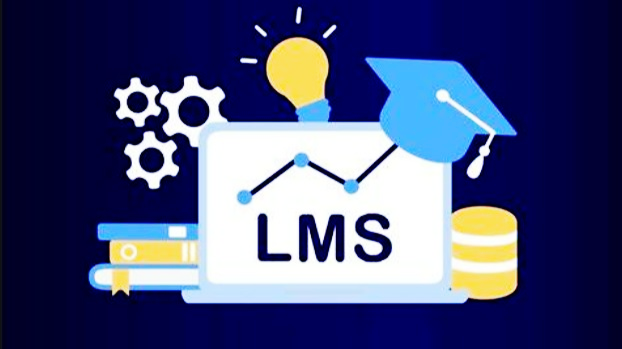LMS Learning Analytics: Unlocking Insights for Improved Learning Outcomes
Introduction
In today’s digital age, learning management systems (LMS) have become an integral part of corporate training and development programs. LMS platforms offer a wide range of features, including course creation, delivery, and tracking. However, the real value of an LMS lies in its ability to generate insights through learning analytics. In this article, we will explore the concept of LMS learning analytics, its benefits, and how it can be used to improve learning outcomes.
What are LMS Learning Analytics?
LMS learning analytics refers to the process of collecting, analyzing, and interpreting data generated by an LMS platform. This data can be used to gain insights into various aspects of learning, such as learner behavior, course performance, and overall learning outcomes. LMS learning analytics can be used to identify areas of strength and weakness, as well as to inform decision-making around learning strategy and design.
Benefits of LMS Learning Analytics
1. Improved Learning Outcomes
One of the most significant benefits of LMS learning analytics is the ability to improve learning outcomes. By analyzing data on learner behavior, course performance, and overall learning outcomes, organizations can identify areas where learners are struggling and take corrective action. For example, if data shows that learners are consistently failing a particular quiz, the organization can review the quiz content and make necessary adjustments to improve learner performance.
2. Enhanced Learning Experience
LMS learning analytics can also be used to enhance the learning experience for learners. By analyzing data on learner behavior, organizations can identify patterns and preferences, which can be used to personalize the learning experience. For example, if data shows that learners prefer video-based content, the organization can create more video-based courses to meet this preference.
3. Increased Learning Efficiency
LMS learning analytics can also be used to increase learning efficiency. By analyzing data on course performance, organizations can identify areas where learners are spending too much time and make necessary adjustments to improve efficiency. For example, if data shows that learners are spending too much time on a particular module, the organization can review the module content and make necessary adjustments to improve efficiency.
4. Improved Learning ROI
LMS learning analytics can also be used to improve learning ROI. By analyzing data on learning outcomes and costs, organizations can identify areas where they are getting the most value for their investment. For example, if data shows that a particular course is generating high learning outcomes at a low cost, the organization can invest more resources in this course to maximize ROI.
How to Use LMS Learning Analytics to Improve Learning Outcomes
1. Define Learning Goals
The first step in using LMS learning analytics to improve learning outcomes is to define learning goals. Learning goals should be specific, measurable, achievable, relevant, and time-bound (SMART). By defining learning goals, organizations can ensure that they are collecting the right data and using it to inform decision-making around learning strategy and design.
2. Collect Data
The second step in using LMS learning analytics to improve learning outcomes is to collect data. LMS platforms offer a wide range of data points, including learner behavior, course performance, and overall learning outcomes. By collecting this data, organizations can gain insights into various aspects of learning and use it to inform decision-making around learning strategy and design.
3. Analyze Data
The third step in using LMS learning analytics to improve learning outcomes is to analyze data. Data analysis should be conducted using a variety of tools and techniques, including descriptive statistics, inferential statistics, and predictive analytics. By analyzing data, organizations can identify areas of strength and weakness, as well as to inform decision-making around learning strategy and design.
4. Take Action
The fourth step in using LMS learning analytics to improve learning outcomes is to take action. Based on the insights gained from data analysis, organizations should take corrective action to improve learning outcomes. This may involve making adjustments to course content, delivery, or assessment, as well as providing additional support to learners who are struggling.
Conclusion
LMS learning analytics offers a wide range of benefits, including improved learning outcomes, enhanced learning experience, increased learning efficiency, and improved learning ROI. By defining learning goals, collecting data, analyzing data, and taking action, organizations can use LMS learning analytics to inform decision-making around learning strategy and design and improve learning outcomes. As the use of LMS platforms continues to grow, it is essential that organizations leverage the power of LMS learning analytics to maximize the value of their learning investments.

